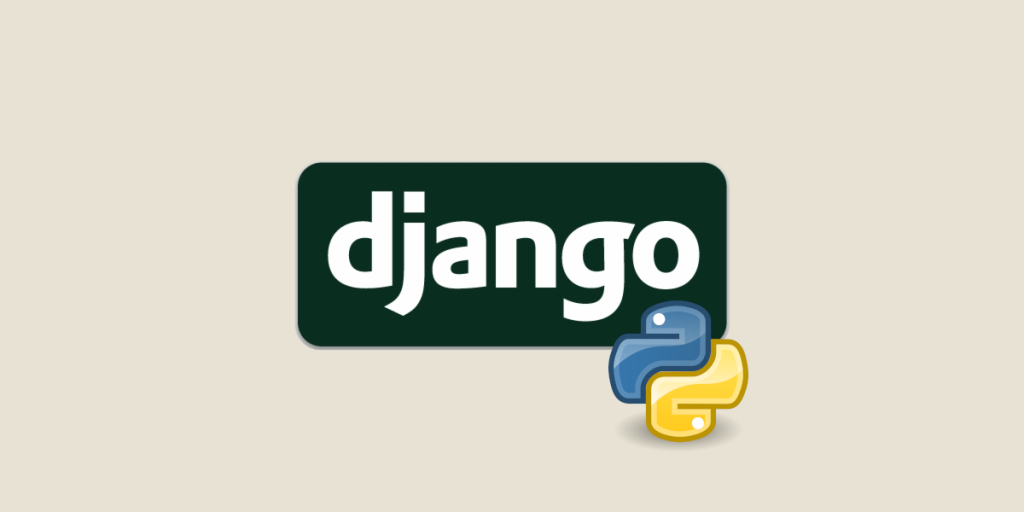Decoding Django
Understanding the basic structure of the best framework provided for PYTHON

Guide to Web Development with Python using Django
In this blog post, we'll dive into the world of Django – a high-level Python web framework – and break down the basics in the simplest language possible.
What is Django?
Imagine Django as your personal assistant for building websites. It provides you with all the tools and shortcuts you need to create web applications quickly and efficiently. Whether you're building a simple blog or a complex e-commerce platform, Django has got your back.
Why Django?
Here's why Django stands out:
1. Rapid Development: Django follows the DRY (Don't Repeat Yourself) principle, meaning you can accomplish more with less code. It comes with built-in features like authentication, URL routing, and database handling, saving you from reinventing the wheel.
2. Scalability: Whether your project is small or large-scale, Django scales effortlessly. Its modular structure allows you to add or remove components as your project evolves.
3. Security: Django takes security seriously. It provides protection against common web vulnerabilities out of the box, such as SQL injection, cross-site scripting (XSS), and cross-site request forgery (CSRF).
Setting Up Django
Before diving into coding, you'll need to set up your Django environment. Don't worry; it's a breeze:
1. Install Python: Django is a Python framework, so ensure you have Python installed on your system.
2. Install Django: You can install Django using pip, Python's package manager. Just run `pip install django` in your command line.
3. Create a Project: Once Django is installed, create a new project by running `django-admin startproject projectname`.
4. Run the Server: Navigate into your project directory and run `python manage.py runserver`. Voila! Your development server is up and running.
Understanding the Basics
Now that your environment is set up, let's grasp some Django fundamentals:
1. URLs: Django uses a URL dispatcher to map URLs to views. Define URL patterns in your `urls.py` file to direct users to the appropriate view functions.
2. Views: Views are Python functions that take a web request and return a web response. These functions define what content is displayed on each page of your website.
3. Templates: Templates are HTML files that contain the structure of your web pages. Django uses a powerful templating engine to render dynamic content within your templates.
4. Models: Models represent your website's data structure. Define models in your `models.py` file to create database tables and interact with data using Django's ORM (Object-Relational Mapper).
Conclusion
This introduction only scratches the surface, you now have a solid understanding of Django's core concepts and how to get started with building web applications.
In future posts, we'll delve deeper into Django's features, exploring topics like authentication, forms, and deployment. Until then, happy coding!
For more about Django please refer to : https://docs.djangoproject.com/en/5.0/
What's Your Reaction?
































